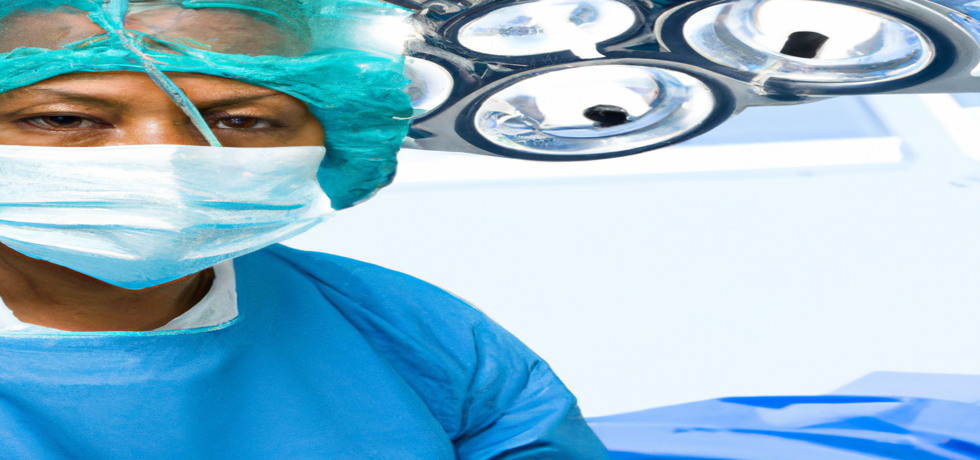
The Science Behind Facial Reconstruction
Understanding Facial Reconstruction
Facial reconstruction is a fascinating field that combines art and science to restore the appearance and function of the face. Whether due to trauma, congenital defects, or surgical removal of cancerous tissues, this medical specialty aims to provide patients with a sense of normalcy and improved quality of life. In this blog, we will delve into the science behind facial reconstruction and discuss the various techniques used, making this topic accessible and informative for everyone interested in understanding this vital aspect of dermatology.
Techniques Used in Facial Reconstruction
The techniques involved in facial reconstruction vary based on the individual’s needs and the specific challenges presented. Surgeons often utilize advanced methods such as flap surgery, grafting, and implants to achieve the best results. Flap surgery involves relocating tissue from one part of the body to another, while grafting might use skin or fat from the patient’s body to reconstruct areas of the face. Understanding these methods is crucial for anyone interested in facial reconstruction, as they emphasize the intricate planning and skill involved in delivering effective results.
The Role of Technology in Facial Reconstruction
With advancements in technology, facial reconstruction has evolved significantly. Innovative imaging techniques like 3D scanning allow for precise planning and modeling, ensuring that the surgical approach is tailored to the patient’s unique facial structure. Additionally, computer-aided design and printing technologies enable the creation of customized implants, leading to enhanced outcomes. The integration of technology has made this field more efficient and effective, enabling surgeons to achieve remarkable results that dramatically improve patient appearance and self-esteem.
Multi-Disciplinary Approach
Facial reconstruction is rarely a one-person job. It often involves a multi-disciplinary approach, including dermatologists, plastic surgeons, and sometimes even dental specialists, to provide comprehensive care. This collaboration ensures that all aspects of the patients facial aesthetics and function are taken into consideration, leading to a more holistic outcome. By understanding this collaborative process, patients can appreciate the depth of care they receive at clinics like The Skin Artistry, where expert teams work together to enhance not just appearance but overall well-being.
Final Thoughts and Advice
If you or someone you know is considering facial reconstruction, it is crucial to seek professional advice and explore all available options. Consultations with a qualified dermatologist can help assess individual needs and create a tailored plan that aligns with your goals. The journey to facial reconstruction can be transformative, providing patients not only with physical changes but also with renewed confidence and self-image.
Frequently Asked Questions
What is the recovery time for facial reconstruction?
The recovery time can vary significantly depending on the complexity of the procedure. Most patients will need several weeks to recover fully, and follow-up appointments are crucial for monitoring progress.
The recovery time can vary significantly depending on the complexity of the procedure. Most patients will need several weeks to recover fully, and follow-up appointments are crucial for monitoring progress.
Are there any risks associated with facial reconstruction?
As with any surgical procedure, there are potential risks involved. It is essential to discuss these concerns with your dermatologist before proceeding to ensure a fully informed decision is made.
For professional assistance and expert advice from leading dermatologists like Dr. Hital Patel, experience the benefits of facial reconstruction with Hair & Skin Specialist Dr. Hital Patel at The Skin Artistry. Our clinics in PDPU Gandhinagar, Vastrapur Ahmedabad and Hyderabad offer top-quality care and personalized treatments. Visit us today to learn more about our services and take advantage of our special offers! For more insights, updates, or to collaborate, stay connected with The Skin Artistry.

